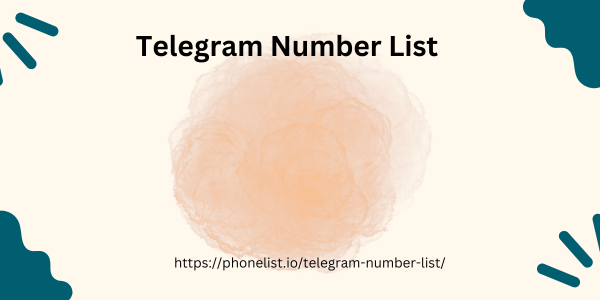Sleep MonitoringInfrared sensors can contribute to advanced sleep monitoring in wearables by tracking physiological parameters Colombia Telegram Material like heart rate, oxygen saturation, and skin temperature. Additionally, IR sensors can be used to detect breathing patterns and movement during sleep. By combining data from these sensors, wearable devices can provide detailed insights into sleep quality, stages, and disturbances, aiding users in improving their sleep habits and overall health.
7. Integration with Soft Materials
For seamless integration into wearable devices, infrared sensors can be embedded into soft, flexible materials such as smart textiles or silicone bands. These materials conform to the body, ensuring close contact between the IR sensor and the skin, which is essential for accurate measurements. The integration of IR sensors into soft materials also enhances comfort, making the wearable device more suitable for prolonged use.
8. Battery Efficiency
Infrared sensors are relatively low-power, making them well-suited for integration into wearable devices where battery life is a critical concern. Advances in sensor technology have led to the development of energy-efficient IR sensors that Colombia Telegram Database can operate continuously without draining the device’s battery. This efficiency allows for the continuous monitoring of vital signs over extended periods without frequent recharging.
9. Data Integration and Analysis
The data collected by infrared sensors in wearable devices can be integrated with other sensors (e.g., accelerometers, gyroscopes) and analyzed using algorithms to provide comprehensive health insights. For instance, combining heart rate data with movement data can help differentiate between physical activity and rest. The integration of infrared sensor data with other health metrics enhances the overall accuracy and utility of the wearable device.
10. User Interface and Feedback
Wearable medical devices with integrated infrared sensors can provide real-time feedback to users through displays, vibrations, or mobile app notifications. For example, if an infrared sensor detects a drop in blood oxygen levels or an Middle East Mobile Number Data Address abnormal heart rate, the device can alert the user to take appropriate action, such as seeking medical attention or resting. This real-time feedback mechanism makes infrared-enabled wearables valuable tools for proactive health management.
Conclusion Infrared sensors are
versatile and can be seamlessly integrated into wearable medical devices to monitor a wide range of physiological parameters. Their non-invasive nature, coupled with the ability to provide continuous. Real-time data, makes them ideal for Asia Email List applications in health monitoring, fitness tracking, and disease management. As technology advances, the integration of infrared sensors into wearable devices will likely become even more sophisticated, offering users greater insights into their health and well-being.

